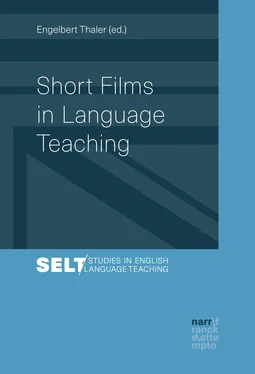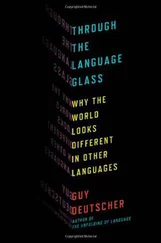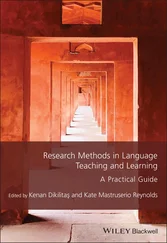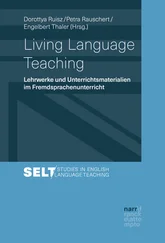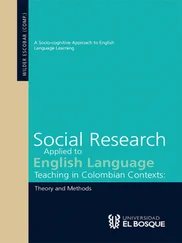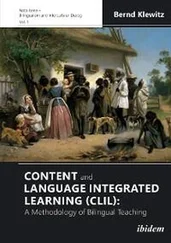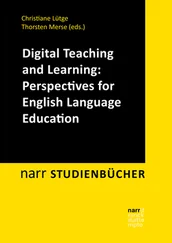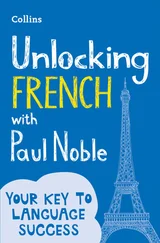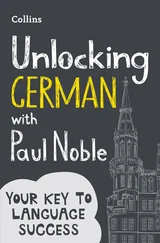Why not take a closer look at animated shorts? Susanne Klohn introduces us to a young boy, who gets a present from his mother, but there’s something wrong with the puppy: One of its legs is missing.
Infographic films can transform complex information into graphics, which are both easy to grasp and visually appealing. Hence Susanne Neumann makes us familiar with the fast food industry and a study of Twitter users.
»How do you turn a life around?« If you are stumped for an answer, watch this thought-provoking example of social shorts about First (?) World problems presented by Lea Mittelstädt, Maria Sachsinger and Linda Ringwald.
The same ladies convince us that people become unsocial by using social media. Ironically the viral video Look up , which calls upon us to look up from our mobile phones, has gone viral.
A long-established yet still vigorous genre is the documentary. Stefanie Rödel allures us to visit South Africa by revealing »Top 10 amazing facts« about this country.
Everybody talks about the weather. Taking the phatic function of weather in communication seriously, our meteorologist Angelika Pfeil presents weather forecasts.
In short, short films can be wonderful media for TEFL classrooms. Due to »their accessibility, brevity, innovation and creativity, short films are the perfect vehicle for using moving images in the language learning classroom – and for promoting both oral and written communication« (Donaghy 2015: 25). And the importance of short films is likely to rise as newer, simpler and cheaper forms of creating, distributing and viewing short films are about to develop.
A. Theory
Short Films in English Language Teaching
Engelbert Thaler
»I hate it when my house is so big I need two wireless routers« – this is what a poor black man, standing in front of a tiny, decrepit wooden hut, is complaining about in the short film First World Problems ( www.viralvideoaward.com/first-world-problems). This viral video, directed by the American Alec Helm (2012), is a tongue-in-cheek jab at complaints that are only voiced by privileged individuals in wealthy countries. Although it lasts only 1:01 minutes, it can be exploited for all the competences asked for in the educational standards (KMK 2012, Fig. 1).
| Competences |
First World Problems |
| Functional communicative competences: |
|
| Listening-viewing |
Recognizing the satirical clash between words and visuals |
| Speaking |
Discussing trivial inconveniences |
| Reading |
Reading the subtitles |
| Writing |
Adding a comment on YouTube |
| Mediating |
Transferring statements into L1 |
| Lexical competence |
Explaining unknown words, e.g. »mint gums« |
| Grammatical competence |
Revising passive voice, e.g. »… my leather seats aren’t heated …« |
| Pronunciation |
Repeating the statements in RP |
| Spelling |
Distinguishing between BE and AE, e.g. »neighbours« / »neighbors« |
| Text and media competence |
Investigating the make-up and impact of viral videos |
| Intercultural communicative competence |
Exploring the chasm between First and Third World |
| Language awareness |
Bringing multilingualism, ESL and lingua franca to mind |
| Language learning competence |
Making students aware of the language learning potential of short film platforms |
Fig. 1: First World Problems video & educational standards
The following paper attempts to answer what is meant by short films, why they should be used in the TEFL classroom, where teachers can find suitable material, what subgenres can be distinguished, what criteria of selection may be applied, what objectives can be determined, and how short films can actually be exploited in language classes. The theoretical argumentation will be supported by the description and analysis of several film examples, which are described with the help of six criteria: title, type, source, synopsis, features, and learning potential.
According to length, films can be divided into long formats, medium formats, and short formats (Thaler 2014, Fig. 2).
| Types |
Length |
Examples |
| Short formats |
1 sec – 20 min |
see below |
| Medium formats |
20–45 min |
drama seriessitcomssoap operastalk showsgame showsdocumentarieseducational films |
| Long formats |
45+ minutes |
feature filmslive coverage of (inter)national events |
Fig. 2: Film formats
Why should we employ short films in our classrooms? A circular and tautological answer would be because they are short and audiovisual.
Apart from the general benefits of using films in TEFL such as popularity, motivation audio-visual appeal, authenticity, personal relevance and teachers’ preferences (Stempleski/Tomalin 2001, Thaler 2007a), short formats exhibit additional didactic assets:
Time: Compared to long audiovisual formats, e.g. movies, and medium formats, e.g. sitcoms, short films can be comfortably dealt with in a 45-minute lesson including viewing and working phases.
Repetition: Due to their brevity, double or even triple viewing is possible.
Focus: Certain details like camera perspective, character development, leitmotif or central message can be studied in detail within a manageable context.
Flexibility: The three time-saving approaches to presenting films, i.e. segment, sandwich, and appetizer approach, are dispensable as the very short format allows for a simple straight-through mode (cf. Thaler 2014). The working phases may be structured according to the PWP (pre – while – post), GTD (global to detail), TBLL (task-based language learning), 10-step listening-viewing approach, or MVC (7-code music video clip) patterns (Thaler 2012).
All these benefits are not hard to be detected in the famous 40-second Berlitz commercial called The German Coast Guard (Fig. 3, also see Thaler 2014).
| Title |
The German Coast Guard |
| Type |
Commercial |
| Source |
www.youtube.com/watch?v=yR0lWICH3rY |
| Synopsis |
In this hilarious Berlitz commercial, a young German coastguard is being given instructions in his new job by an elderly man. As soon as the experienced man leaves, the trainee receives a distress call from an English boat:»We are sinking!«After a pause the coastguard asks:»What are you sinking (thinking) about?« |
| Features |
Brevity (40 sec)HumourPolyvalence |
| Learning potential |
Pronunciation: problems with /th/Linguistics: minimal pairs »thinking / sinking«Grammar: present progressiveMediation: L1-L2 (first part)Speaking: sources of humourLingua franca: sea travelIntercultural learning: critical incidents Advertising: form, function and impact of a commercial |
Fig. 3: The German Coast Guard
Moreover, not only media literacy / film literacy, but basically all competence domains and individual sub-competences that are postulated in the educational standards (KMK 2003, KMK 2012) can be fostered with the help of short films:
Functional communicative competences ▶ particularly listening-viewing
Intercultural communicative competence ▶ culture-specific references
Text and media competence ▶ cinematic devices
Language awareness ▶ sociolects, regiolects
Language learning competence ▶ Extramural English with online platforms
Читать дальше
